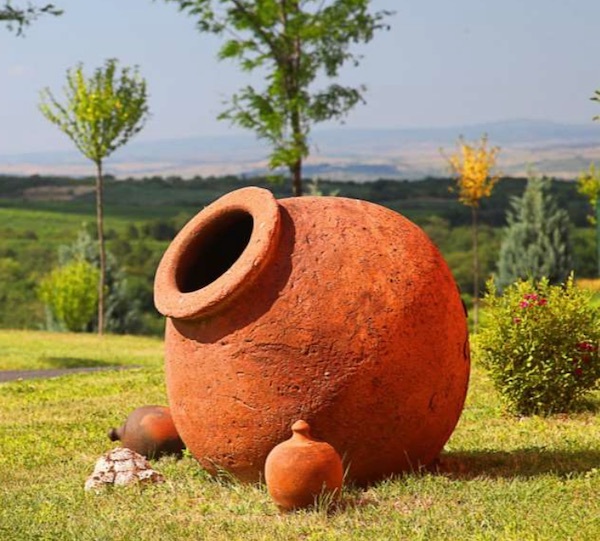
There is evidence of Bulgarian winemaking going back to around 4000 B.C.
Wine, together with beer, is among the most popular alcoholic beverages in the country.
In the 1980’s Bulgaria was the world’s fourth-largest wine exporter. Most of the wine at that time was mass produced and destinated to the USSR. Between 1985-87 production started to decline when Mikhail Gorbachev carried out an anti-alcohol campaign, with partial prohibition, known as the “dry law”. Prices of vodka, wine, and beer were raised, and their sales were restricted. After the fall of the USSR the area under vine was reduced dramatically, but recently wine production has been growing again with new vineyards planted and increase in the quality standards.
Red wines dominate Bulgaria. Whilst there are a number of indigenous varities that produce high quality wines there is a high number of recognizable wine varieties, including Cabernet Sauvignon, Merlot, Sauvignon Blanc, and of course, Chardonnay. These international varieties were mass planted during the socialist regime and now make up about 70% of the plantings. Fortunately, several local varieties survived and are being championed by passionate producers.
GAMZA - An old Eastern European variety whose origin is likely from somewhere in the Balkans and thus it prefers the cooler climates in Northwest Bulgaria. It gives tart berry flavours with a savoury, herbal profile and a touch of black pepper and baking spice not unlike an Italian Barbera or Oregon Pinot Noir.
Mavrud Is an indigenous variety full of rich, crushed cherry and chocolate-like flavours on a medium body. To a newcomer, these wines have a similar profile to a lightly-oaked Malbec, along with the same striking magenta-tinged rim. Quality is still somewhat variable, so read tasting notes before buying.
A few fun Bulgarian Wine Facts
In 2016 Bulgaria reported around 148,000 acres (60,000 hectares) of vineyards. In terms of size of production it is 22nd in the world.
The country receives around 2,00 – 2,500 sunlight hours per year which is similar to Northern Italy, Southern France and Northern Spain.
Since August 2005 Bulgaria ahs two official wine growing regions – Danube Plain and the Thracian Valley, both of which are Protected Geographic Indication.
75% of the vineyards are found in the Thracian Valley PGI.
Cabernet Sauvignon and Merlot make up 31% of the vineyard area.
Temperatures in the summer are moderated by the Black Sea creating milder conditions that help maintain acidity.
Vineyard yields are low – an average of 4.3 ton/acre compared to the US average of 18 tons/acre. Low yields suggest a higher quality of wine.



